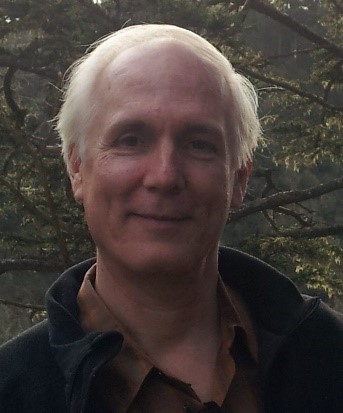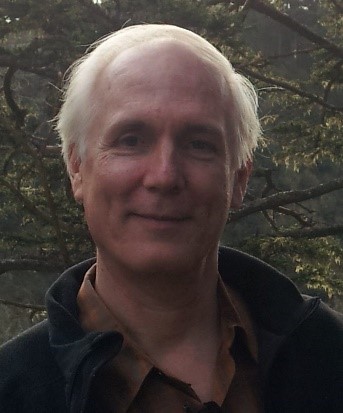Control Challenges for the Laser Interferometer Gravitational-wave Observatory (LIGO)

In September 2015, the Laser Interferometer Gravitational-wave Observatory (LIGO) initiated the era of gravitational wave astronomy (a new window on the universe) with the first direct detection of gravitational waves (ripples in the fabric of space-time) resulting from the merger of a pair of black holes into a single larger black hole. In August 2017 the LIGO and VIRGO collaborations announced the first direct detection of gravitational waves associated with a gamma ray burst and the electromagnetic emission (visible, infrared, radio) of the afterglow of a kilonova — the spectacular collision of two neutron stars. This marks the beginning of multi-messenger astronomy. The kilonova discovery was made using the U.S.-based LIGO; the Europe-based Virgo detector; and 70 ground- and space-based observatories.
The Advanced LIGO gravitational wave detectors are second generation instruments designed and built for the two LIGO observatories in Hanford, WA and Livingston, LA. These two identically designed instruments employ coupled optical cavities in a specialized version of a Michelson interferometer with 4 kilometer long arms. Resonant optical cavities are used in the arms to increase the interaction time with a gravitational wave, power recycling is used to increase the effective laser power and signal recycling is used to improve the frequency response. In the most sensitive frequency region around 100 Hz, the displacement sensitivity is 10^-19 meters rms, or about 10 thousand times smaller than a proton. In order to achieve this unsurpassed measurement sensitivity Advanced LIGO employs a wide range of cutting-edge, high performance technologies, including an ultra-high vacuum system; an extremely stable laser source; multiple stages of active vibration isolation; super-polished and ion milled optics, high performance multi-layer dielectric coatings; wavefront sensing; active thermal compensation; very low noise analog and digital electronics; complex, nonlinear multi-input, multi-output control systems; a custom, scalable and easily re-configurable data acquisition and state control system; and squeezed light. The principles of operation, the numerous control challenges and future directions in control will be discussed.
More information is available at https://www.ligo.caltech.edu/
Date and Time
Location
Hosts
Registration
-
 Add Event to Calendar
Add Event to Calendar
- Contact Event Host
-
This is a public, plemary lecture offered by the 2020 American Control Conference
- Co-sponsored by American Control Conference
Speakers
 Dennis Coyne of California Institute of Technology
Dennis Coyne of California Institute of Technology
Biography:
Dennis Coyne is the Chief Engineer for the LIGO Laboratory at the California Institute of Technology (Caltech) in Pasadena, California. Over the last 24 years he has led the LIGO engineering team’s efforts in design and implementation of first and second generation instruments. The Laser Interferometer Gravitational-wave Observatory (LIGO) is a first of its kind instrument, capable of measuring the sub-atomic stretching of space due to cataclysmic cosmological events. The LIGO founders were awarded the Nobel Prize in Physics in 2017 for the direct detection of gravitational waves which were predicted by Albert Einstein. LIGO is now an operating observatory enabling multi-messenger astronomy. Prior to joining Caltech, Dennis worked for Kaman Sciences Corp. and Bell Laboratories. Dennis received a BSME from UMass and an MSME from UC Berkeley. He is a fellow of the ASME, a fellow of the APS, recipient of the 2018 AAS Lancelot M. Berkeley Prize, OSA’s 2016 Forman Team Engineering Excellence Award and the 2016 Breakthrough Prize in fundamental physics. More information is available at https://labcit.ligo.caltech.edu/~coyne/
Please register for this event, include your email and you'll be emailed a link to the lecture
